Learn how dairy farmers mix instinct and data to make the best decisions. Can they balance both to improve animal health and profits? Find out more.
In today’s dynamic dairy farming landscape, making informed choices is crucial. Dairy farmers now rely on a blend of instinct and data. While gut feelings often guide initial decisions, it’s the data that ultimately confirms their validity, striking a harmonious balance between the two.
Wisconsin dairy farmer James, a testament to the power of combining instinct and data, recalls a time when his herd experienced a sudden health downturn. His deep-rooted farming instincts led him to suspect issues with the stream. By cross-referencing nutritional content with health records using data analytics, his intuition was validated, and he was guided to make the necessary changes, saving his farm from significant losses. This real-life example underscores the criticality of the synergy between intuition and data-driven decision-making in today’s dairy industry.
By fusing precise data with gut feelings, dairy farmers can make well-informed assumptions, which can lead to better judgments and increased production and profitability.
While data-driven insights and intuitive understanding can lead to sound judgments, an overreliance on either can be detrimental. Relying solely on facts can slow down decision-making while depending too much on intuition can lead to costly mistakes. The key is to find a harmonious balance where facts and instinct work in tandem to ensure the profitability of your dairy farming operations.
Instincts and Intuition: The Historical Heartbeat of Dairy Farming
Before advanced data systems, dairy producers mainly depended on gut and generational knowledge. This historical dependence on instinct stems from observational learning and hands-on experience, wherein the art of farming coexists peacefully with science. Depending on instinct and personal experience, farmers made critical judgments on animal health, breeding, and farm management.
Daily contact with their herds honed their instincts, which helped farmers to identify minute indicators of disease or distress—a necessary ability for preserving herd health and production. Minute changes in behavior, appetite, or physical appearance may foretell a cow’s preparation for breeding or spot early illness symptoms.
These simple revelations also applied to more general agricultural management techniques. They are often based on a complex awareness of the local surroundings and personal experience, decisions on planting, harvesting, rotating grazing pastures, and choosing breeding couples. Effective agricultural methods before contemporary data analytics developed depended on these arbitrary judgments.
Still, depending only on instinct has difficulties as well. Intuition drives quick decision-making and creative problem-solving, but it may cause contradictions and expensive mistakes. The historical reliance on instinct emphasizes its importance. It requires a balanced approach using intuitive knowledge and factual evidence to maximize decision-making procedures.
The Modern Dairy Farm: Where Tradition Meets Cutting-Edge Technology
The contemporary dairy farm deftly combines history with technology, driven by data-centric improvements. Analytics, software, and sensors now provide insights and control unheard of years before. Sensors’ real-time monitoring of factors like herd health and milk output transforms unprocessed data into valuable knowledge.
These sensors’ data flows into sophisticated software running algorithms to identify trends and abnormalities beyond human awareness. This helps to make proactive decisions that solve problems before they become expensive.
Analytics systems allow farmers to maximize feed efficiency and reproduction cycles by seeing data across time. Understanding this data can help farmers make wise choices, increasing sustainability and output.
Data-driven technology revolutionizes dairy production, elevating environmental stewardship, animal welfare, and efficiency. In this era of precision agriculture, the success of dairy operations hinges on your role, the dairy farmers and farm managers, in effectively utilizing this data.
The Synergy of Instinct and Data: Elevating Dairy Farming to New Heights
Combining data with instinct lets dairy producers use both approaches for wise decision-making. Though evidence verifies or refines theories, instinct sometimes starts them. For example, depending on experience, a farmer may feel a nutrition tweak might increase milk output. Still, depending only on this sense might be dangerous given factors like animal health, feed quality, and weather.
To offset this, the farmer may run a controlled experiment tracking milk production before and after the nutrition modification. This information would support whether the intuition is valid over time and a more significant sample. Results may confirm subtleties like breed-specific or seasonal effects or justify the hunch. Farmers may hone their ideas by combining instinct with data, producing practical insights that improve animal care and profitability.
Another example is the early identification of health problems. A farmer could see minute changes in animal behavior suggesting disease. Even in cases where outward indicators are average, instinct may point you to something amiss. Data analytics tools may be of use here. Systems of health tracking vital signs and activities may gather information to either support or disprove hypotheses. Algorithms may examine this information to identify trends or anomalies consistent with the farmer’s sense of direction.
This interplay between instinct and data implies that while data offers factual evidence, instinct drives invention. This all-encompassing method guarantees that judgments are based on scientific validity and experience. Dairy producers may improve decision-making by balancing instinct and facts, promoting profitability, sustainability, and efficiency.
Navigating the Complexities of Balancing Instinct and Data in Dairy Farming
Dairy producers have to negotiate to balance instinct with statistics carefully. Depending primarily on instinct could result in judgments based on partial or distorted impressions, excluding important information that offers a more realistic view of circumstances. For example, a farmer’s gut sense about herd health can overlook minute, measurable signs of illness, hurting animal welfare and profitability.
On the other hand, overstretching data may lead to “data overload,” in which the sheer amount of information becomes unmanageable, and decision-making procedures are obscured. Analysis paralysis brought on by this may stop decisive action. Blind trust in data-driven judgments stifles innovation and adaptation by ignoring the experienced knowledge and sophisticated understanding that instinct offers.
Ignoring essential facts in favor of gut sentiments also risks compromising economic sustainability and efficiency. Ignoring empirical data in a data-centric agricultural environment compromises farm economic viability and efficiency. Data-driven insights provide patterns and projections that are not immediately obvious from observation, allowing intelligent resource allocation and preventative actions.
Striking the right balance between instinct and data may seem daunting, but it’s a feasible strategy. Combining instinctual insights with thorough data analysis can ensure better profitability and animal welfare while avoiding data overload and disregarding essential data. This reassurance should instill confidence in your ability to navigate this complex task.
Best Practices for Seamlessly Integrating Instinct and Data in Dairy Farming
Finding the right balance between instinct and data involves several best practices for dairy farmers:
- Invest in training: Equip your team with data analytics and traditional farming skills. This ensures a seamless integration of data with intuitive decision-making.
- Cultivate a data-driven culture: Encourage data consultation while respecting intuitive farming knowledge. View data and instinct as complementary.
- Implement incremental changes: Start with small decisions to build confidence in data use and expand gradually.
- Leverage predictive analytics: Use models to forecast outcomes based on historical data, validating gut instincts with probabilistic scenarios.
- Regularly review and adjust: Continuously analyze decisions against data and instinct to improve alignment and results.
- Encourage cross-disciplinary collaboration: Foster teamwork between data scientists and farm managers to combine analytical insights with practical experience.
Adopting these practices helps dairy farmers optimize herd health and profitability.
The Bottom Line
Intuition must be combined with statistics for the best decision-making in modern dairy production. Generating hypotheses and making fast judgments have always depended critically on instincts. Meanwhile, data and technology have shown their capacity to improve profitability and lower risk in contemporary operations.
This combination of instincts and facts is crucial; instincts provide creative foresight, while data gives empirical confirmation, guiding judgments creatively and realistically. Balancing them calls for knowledge of their advantages and drawbacks and using best practices that seamlessly combine them.
Dairy producers may guarantee ongoing success and improve their operations by combining their intuition with data-driven plans. This combined strategy transforms decision-making and ensures the viability of dairy production in the future. Welcome the best of both worlds for the sector’s benefit.
Key Takeaways:
Finding the right balance between instinct and data is crucial for dairy farmers striving to make informed and profitable decisions. Here are the key takeaways:
- Instincts are invaluable for generating hypotheses and brainstorming, but over-reliance can lead to misplaced confidence.
- Data corroborates gut feelings, validating potential opportunities and enhancing profitability.
- A balanced approach that leverages both instinct and data helps dairy farmers navigate critical decisions more effectively.
- Instinct-driven hunches can sometimes lead to costly mistakes if not supported by data.
- Combining traditional intuition with modern technological insights enables dairy farmers to make the best possible decisions for their operations.
Summary:
Dairy farming today relies on a blend of instinct and data to make informed decisions. Instincts offer creative foresight, while data confirms their validity, striking a balance between the two. Wisconsin dairy farmer James used data analytics to validate his intuition and make necessary changes, saving his farm from significant losses. However, overreliance on facts can slow decision-making and lead to costly mistakes. The key is to find a harmonious balance where facts and instinct work in tandem to ensure profitability. Modern dairy farms combine history with technology, driven by data-centric improvements. Analytics, software, and sensors provide insights and control, transforming unprocessed data into valuable knowledge. Analytics systems help farmers maximize feed efficiency and reproduction cycles, increasing sustainability and output. Data-driven technology revolutionizes dairy production, elevating environmental stewardship, animal welfare, and efficiency. Balancing instinct and data requires knowledge of their advantages and drawbacks and using best practices that seamlessly combine them. By combining intuition with data-driven plans, dairy producers can guarantee ongoing success and improve their operations, transforming decision-making and ensuring the viability of dairy production in the future.
Learn More:
In the evolving landscape of dairy farming, finding the right balance between instinct and data is paramount. As the industry increasingly integrates technology and data analytics, understanding how to leverage these tools while maintaining the invaluable insights gained through experience can significantly impact productivity and profitability. To delve deeper into this intricate balance, consider exploring these related articles:







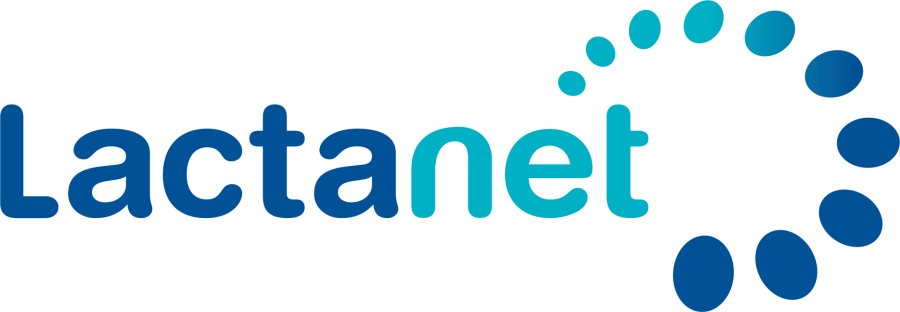





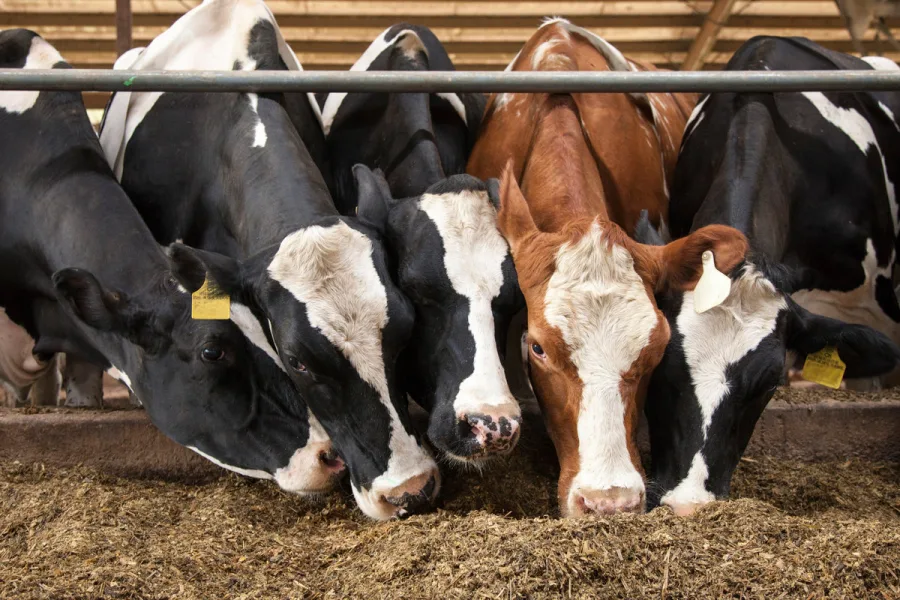
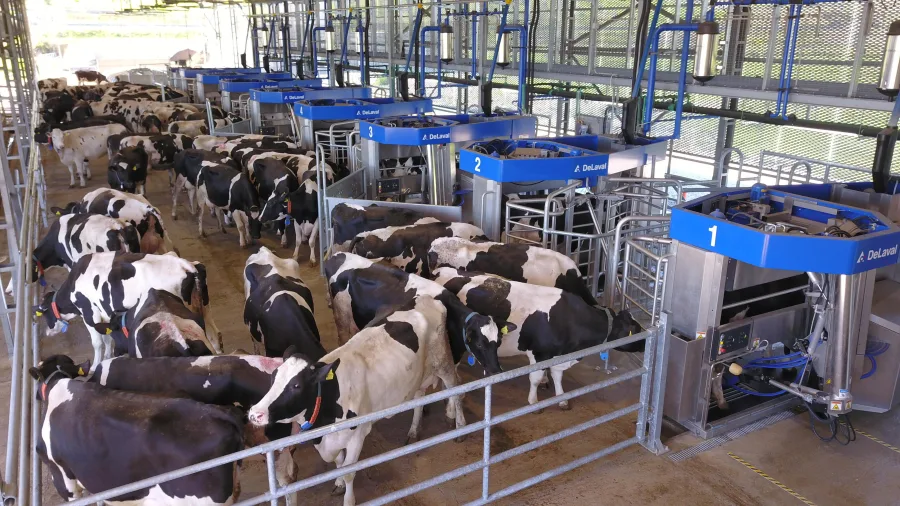
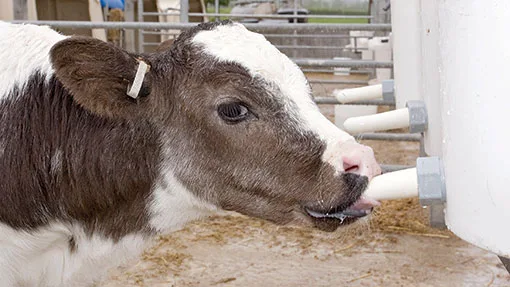
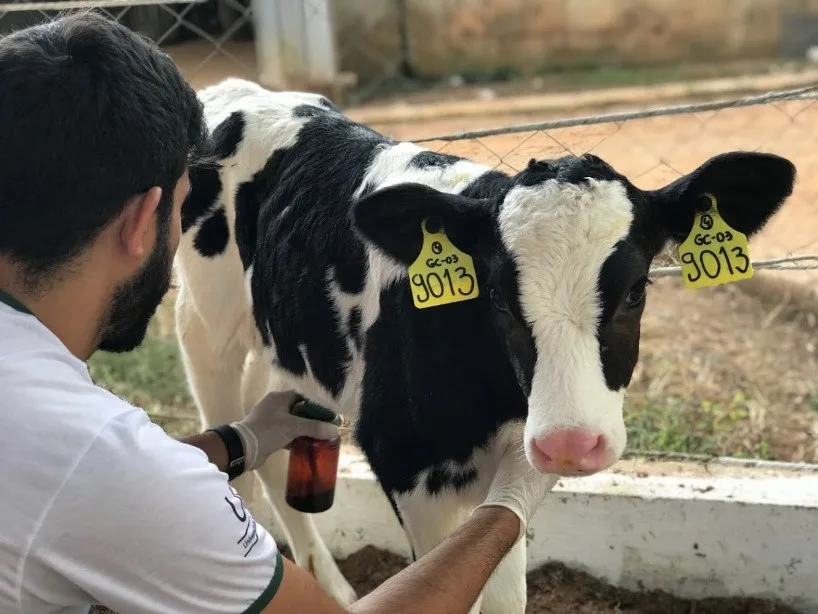

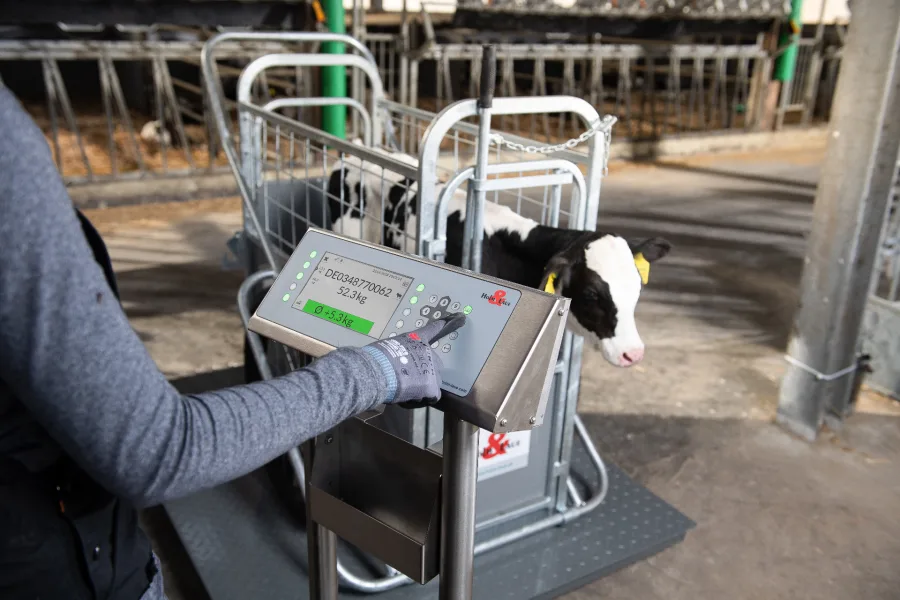

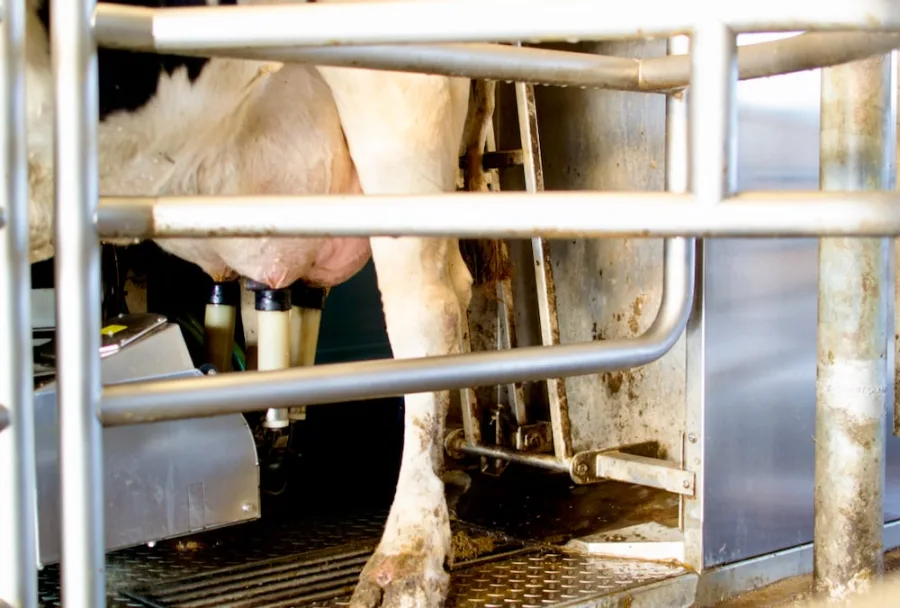
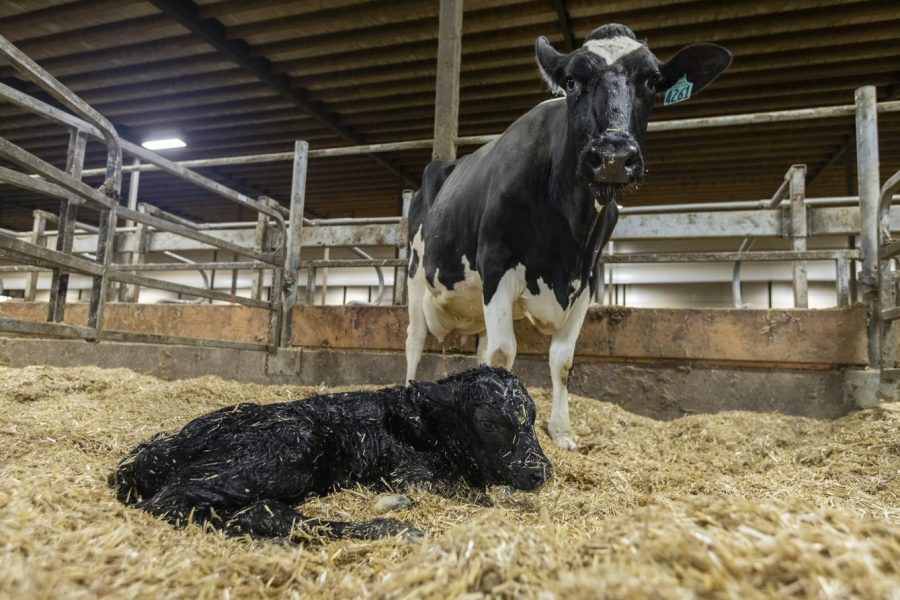
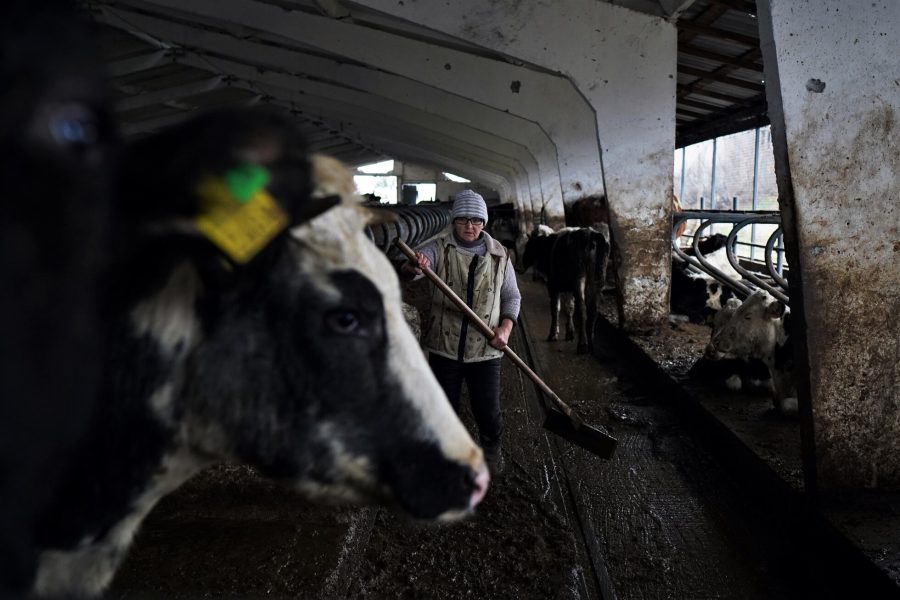




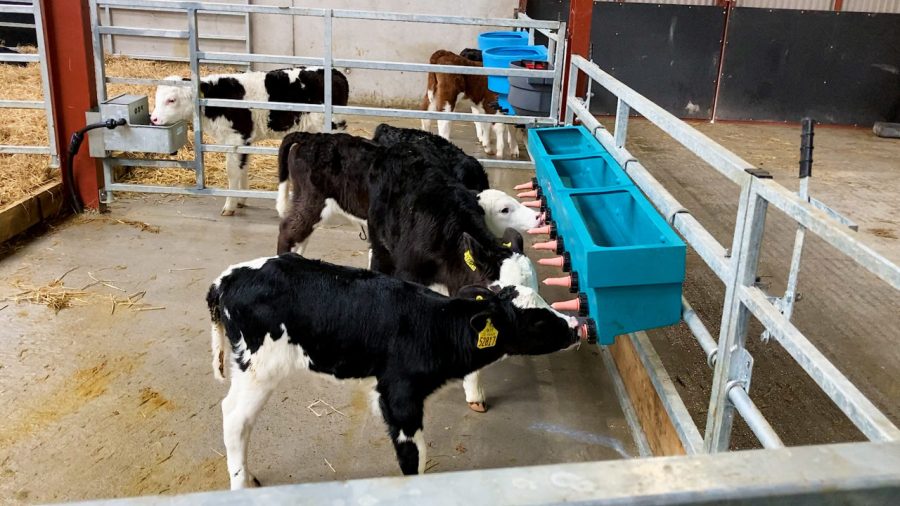
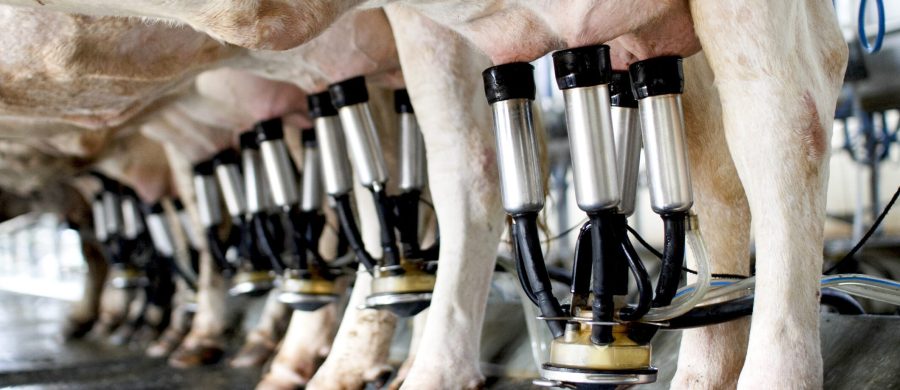
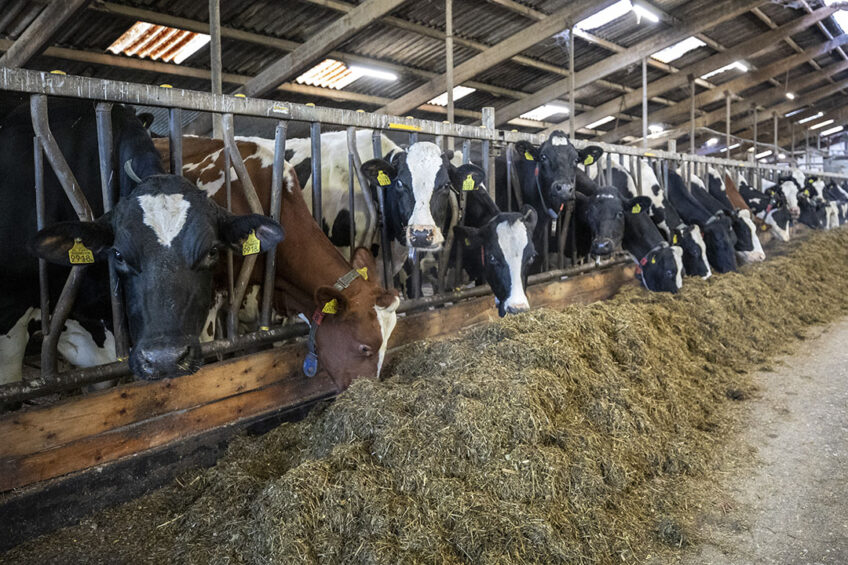
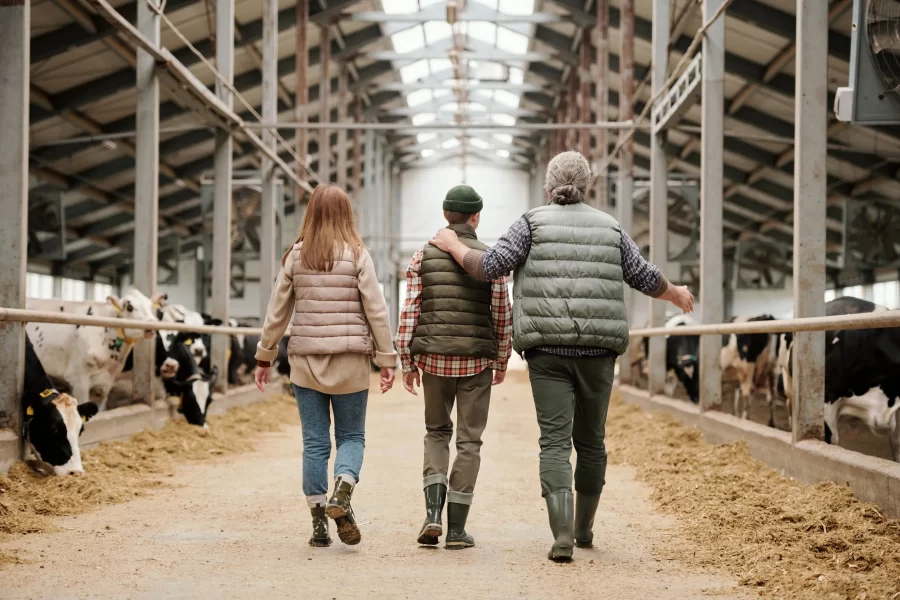

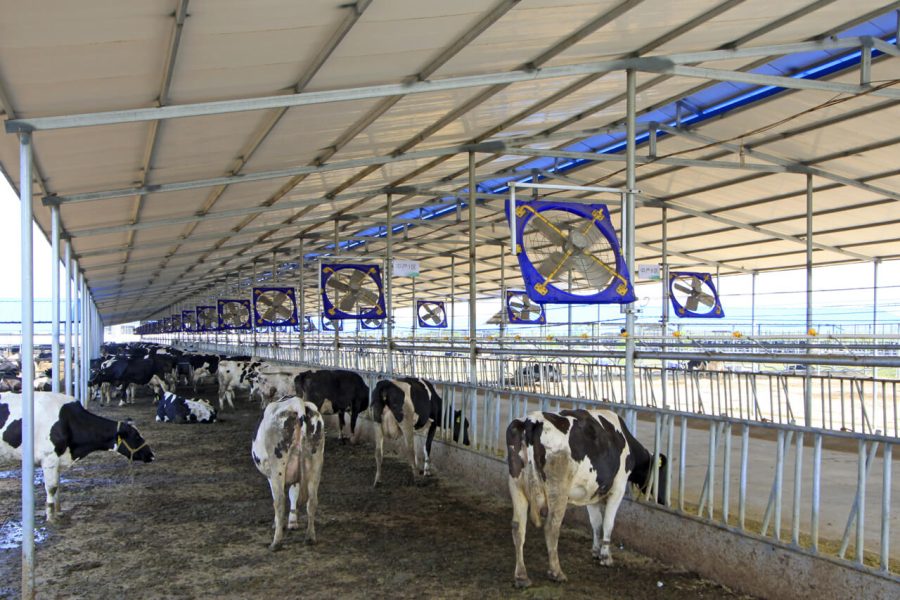

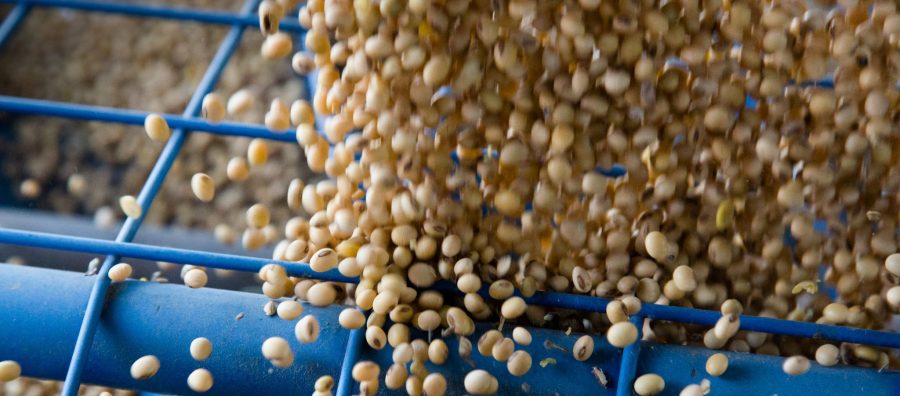
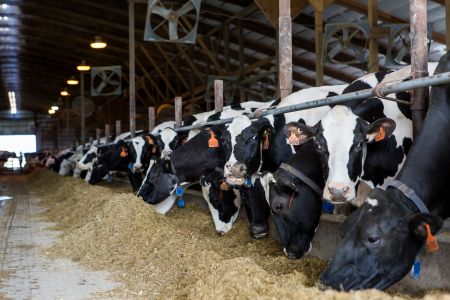

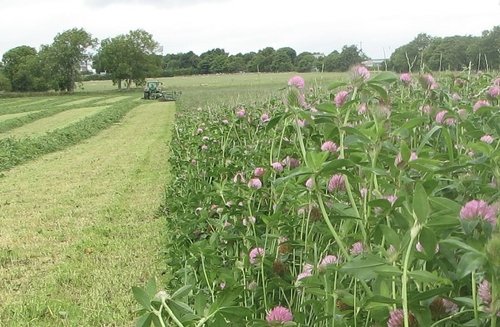
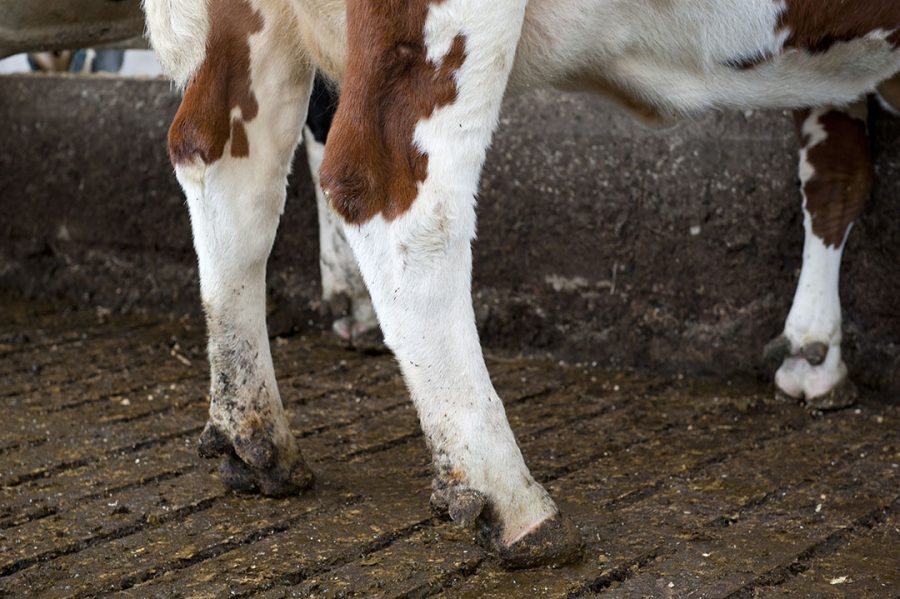


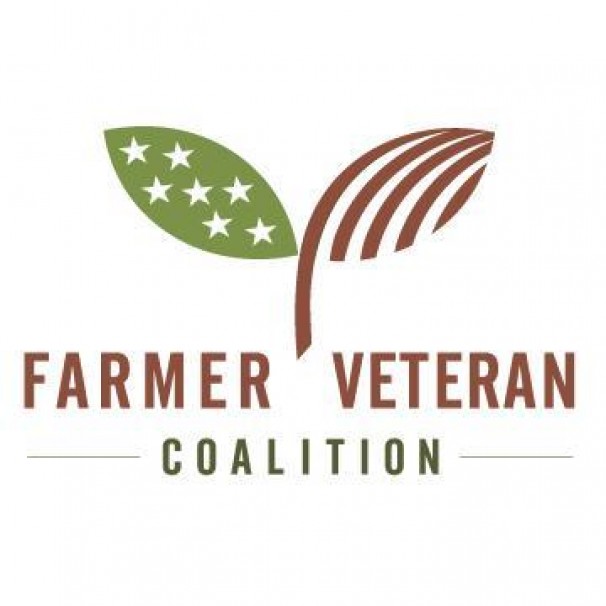 Since the unfortunate events of 9/11, over 2.8 million Americans have served in uniform. According to the Bureau of Labor Statistics, a whopping 200,000, or about 1 in 11, are currently unemployed. The men and women who work risked their lives to protect the freedom of so many American’s enjoy on foreign soil cannot find the means to make a living when they return home. About forty-five percent of the military comes from rural communities, compared with one-sixth of the total population, according to the Carsey Institute at
Since the unfortunate events of 9/11, over 2.8 million Americans have served in uniform. According to the Bureau of Labor Statistics, a whopping 200,000, or about 1 in 11, are currently unemployed. The men and women who work risked their lives to protect the freedom of so many American’s enjoy on foreign soil cannot find the means to make a living when they return home. About forty-five percent of the military comes from rural communities, compared with one-sixth of the total population, according to the Carsey Institute at 





